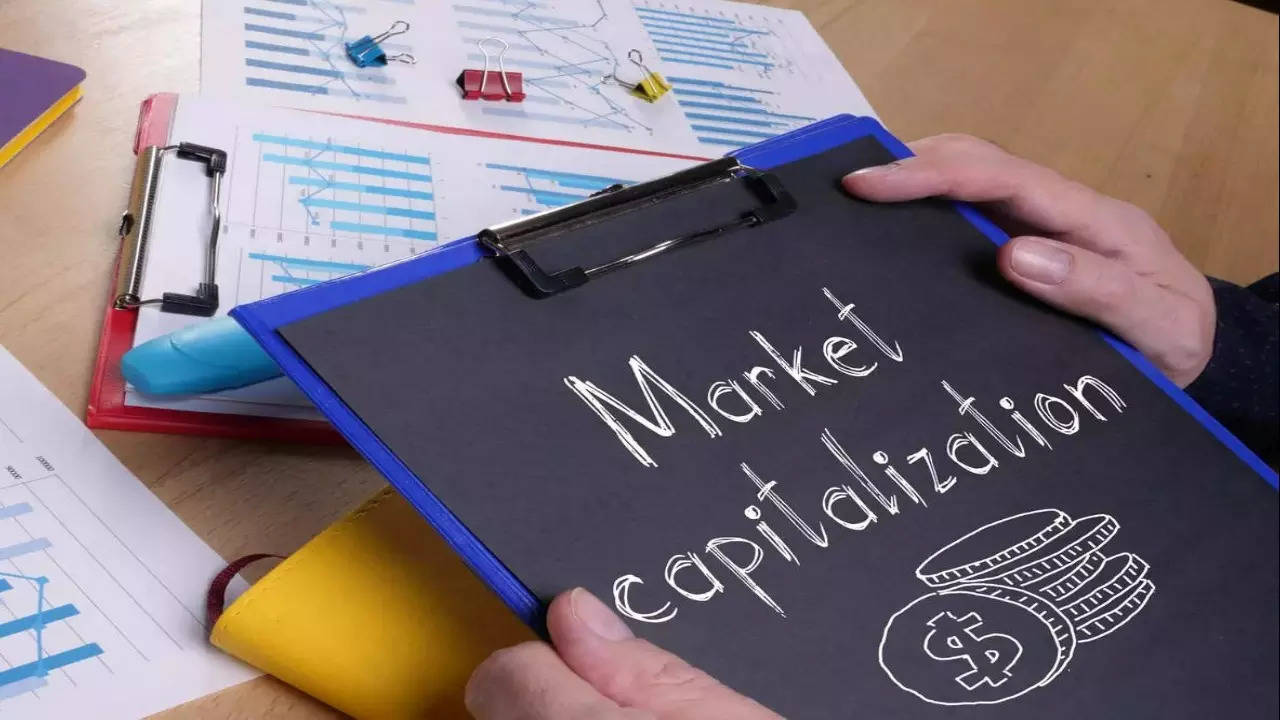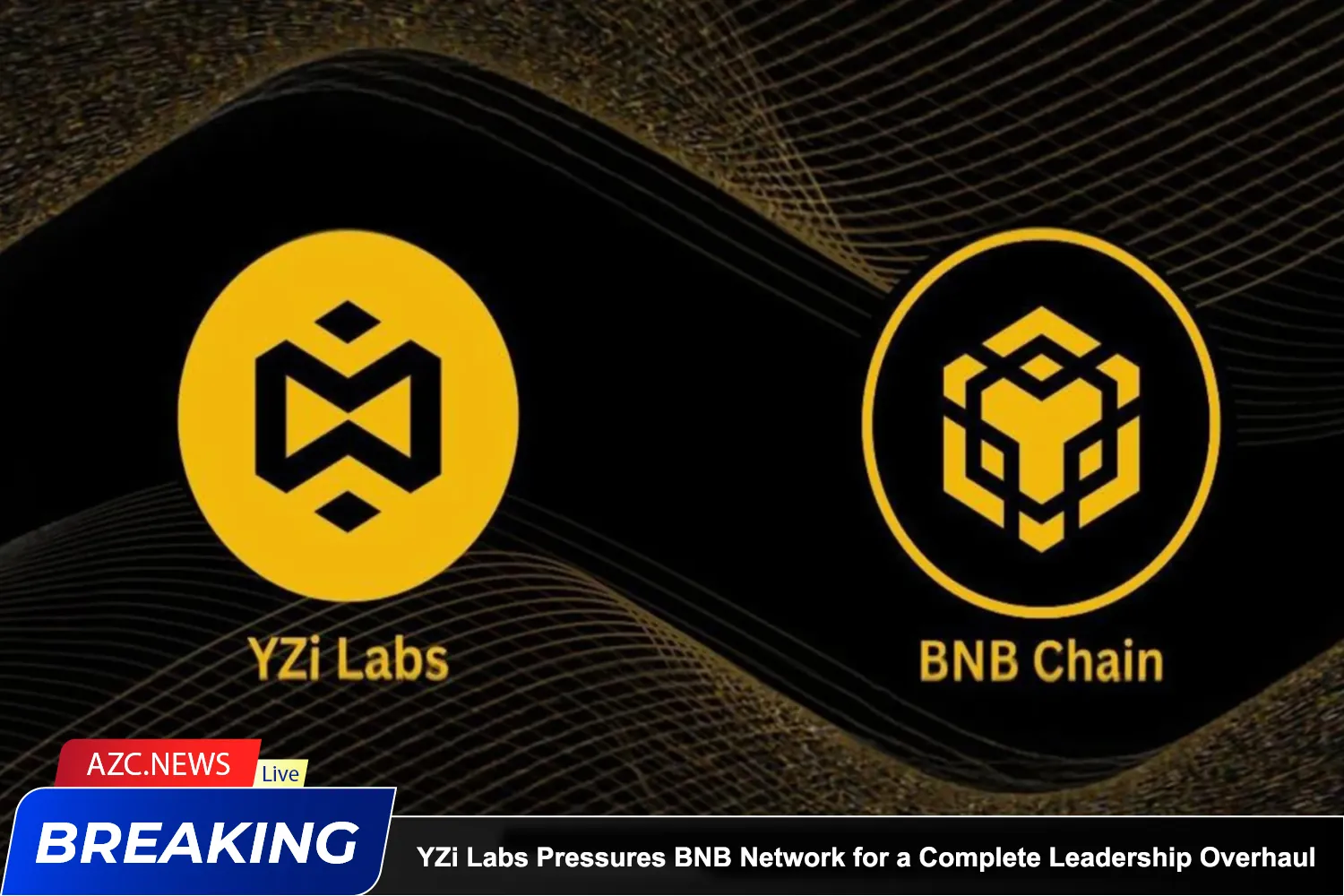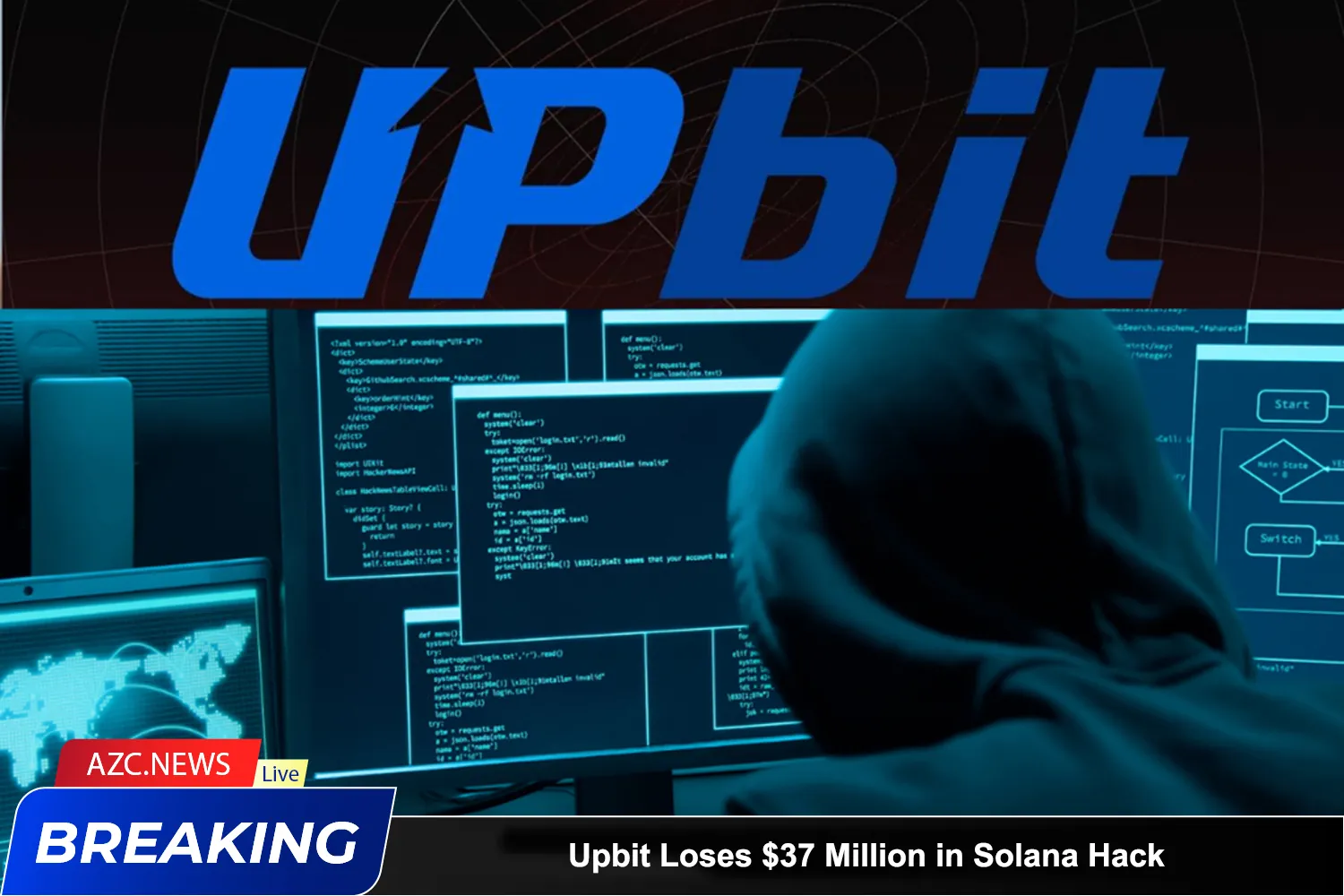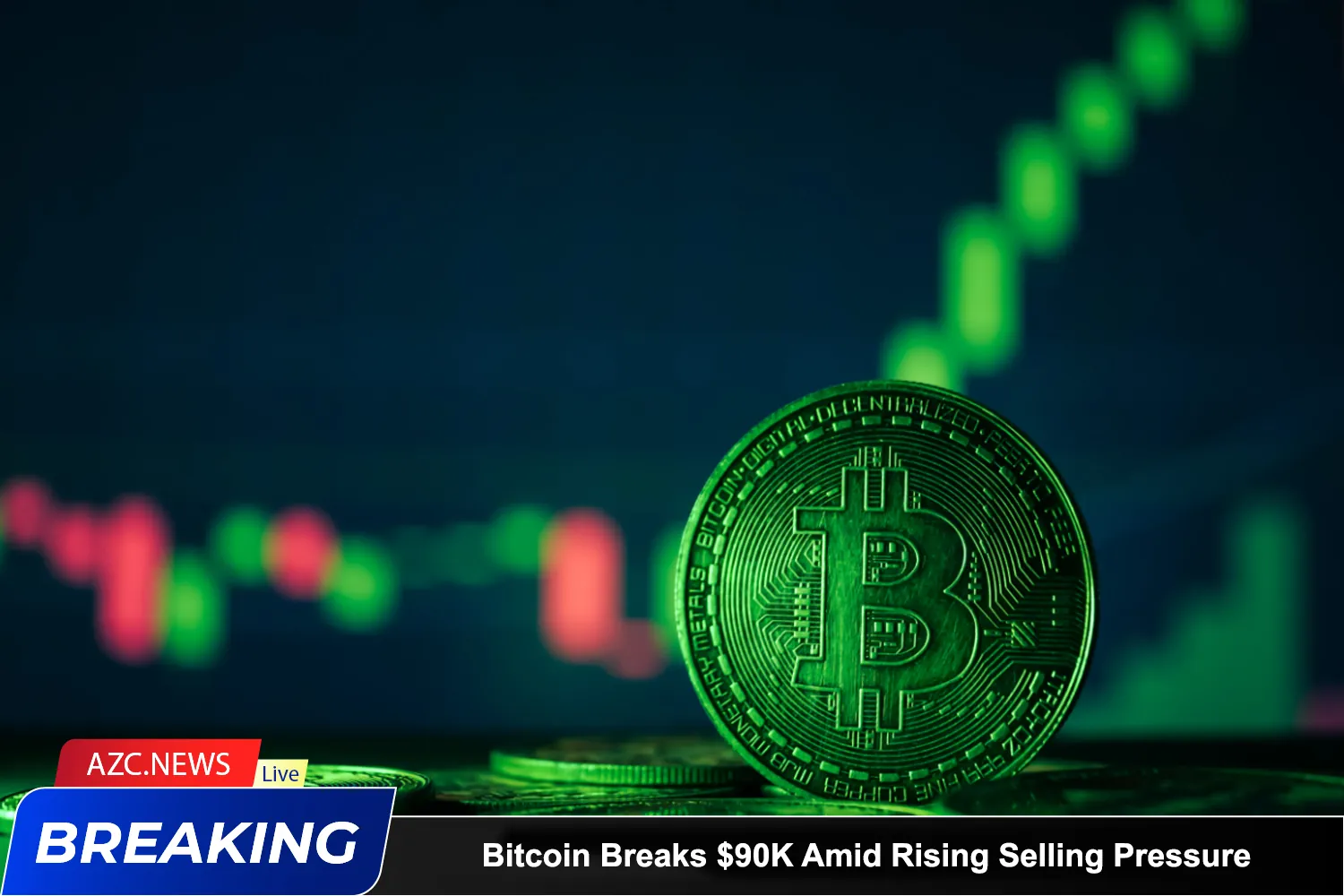What is Market Cap?
Market Capitalization, commonly referred to as Market Cap, is a crucial metric for assessing the value and position of a cryptocurrency or the company issuing it in the market. It is a widely used measure by investors to determine the potential and dominance of a project.
The market cap of a cryptocurrency asset is calculated by multiplying the circulating supply of tokens by the current price of the token. Projects with large market capitalizations, such as Bitcoin and Ethereum, often hold dominant positions and are highly regarded for their market popularity.
Additionally, there’s a concept similar but more comprehensive than Market Cap, called Fully Diluted Valuation (FDV). FDV considers the total token supply that could potentially be issued, including tokens not yet in circulation. This allows investors to assess the true value of a project if all tokens have been issued.

The difference between Market Cap and FDV lies in the calculated token supply. In cases where no tokens are burned or removed from circulation, Market Cap and FDV will have the same value when all tokens have been issued.
Investors often use market capitalization and FDV in combination with other factors such as trends, market sentiment to evaluate the potential and accurately determine the valuation of a cryptocurrency asset. This is a simple yet effective way to compare and determine whether a token is overvalued, undervalued, or appropriately priced.
Calculating Market Cap
To calculate the Market Cap of a cryptocurrency project, we need to apply the following simple yet effective formula:
Market Cap = Current price of the token x Circulating supply of tokens
Where the circulating supply of tokens is determined by taking the total token supply and subtracting the number of tokens locked or burned – if any.
The specific formula is as follows:
Circulating supply of tokens = Total token supply – Locked tokens – Burned tokens
To illustrate further, let’s consider an example with Bitcoin – the largest cryptocurrency asset in the world. Suppose the price of Bitcoin is $60,000 and the circulating supply of Bitcoin is 20 million coins. Then the Market Cap of Bitcoin would be:
Market Cap of Bitcoin = $60,000 x 20,000,000 BTC = $1.2 trillion
Significance of Market Cap

Assessing Growth Potential
- Projects with low market capitalizations are often seen as having greater growth potential compared to those with high market caps. However, it’s important to note that a low market cap doesn’t always guarantee high returns, especially for speculative or less established projects. Investors need to consider multiple factors such as development team, business model, project roadmap, etc., to assess potential comprehensively.
Comparison and Ranking of Projects
- Market Cap allows for comparison and ranking of similar projects. Projects leading in market capitalization are often seen as benchmarks, representing the potential and development trends of that sector. This helps investors identify and focus on the most promising projects.
Reflecting Liquidity
- Large market capitalizations typically indicate higher liquidity and less price slippage risk. Conversely, low market caps may result in illiquidity and susceptibility to price slippage. This is an important factor for investors to consider before trading.
Supporting Investment Decisions
- Investors often use Market Cap as a basis for making investment decisions that align with their goals and risk appetite. Projects with large market capitalizations (such as Bitcoin, Ethereum) are often prioritized for long-term investment due to their stability and high security. On the other hand, projects with medium and small market caps are suitable for short and medium-term investments to pursue higher returns but also come with higher risks and volatility.
Classification of Projects by Market Cap

Mega Caps:
This group consists of “giants” with massive market capitalizations, ranging from $100 billion and above. Projects in this group are typically long-standing names, occupying a significant market share and are considered industry standards.
Examples include Bitcoin and Ethereum.
Large Caps:
Projects in this category have large-scale operations, with market capitalizations ranging from $10 billion to $100 billion. These are often projects that have established a strong foothold, ranking at the top of the cryptocurrency market.
Examples include BNB (Binance Coin), XRP, and USD Coin (USDC).
Mid-Caps:
This includes projects with market capitalizations ranging from $100 million to $10 billion. These are projects experiencing rapid development, often emerging in the market within the last 5 years, and are currently the center of attention, especially in the DeFi sector.
Examples include Near, ICP, UNI, etc.
Low Caps:
This group comprises projects with market capitalizations ranging from $10 million to $100 million. These are often newly launched projects in the past 1-2 years, with significant growth potential but also accompanied by high risks and volatility.
Examples include HIFI, CTK, NKN, POLY, etc.
Micro Caps:
Dominating a large portion of the cryptocurrency market, this group includes projects with market capitalizations below $10 million. These are often memecoins, newly launched DeFi projects, and primarily traded on decentralized exchanges (DEXs). This group is highly speculative and carries extremely high risk.
Related: What is DeFi? Explore Decentralized Finance 2024
Final Thoughts

Market Cap is just one reference indicator and not the sole criterion for evaluating the potential of a cryptocurrency project. To make smart and effective investment decisions, investors need to consider the following multidimensional factors:
- Project fundamentals analysis: Thoroughly research business models, development teams, project roadmaps, technologies used, and other fundamental factors to assess the project’s success and competitiveness.
- Growth potential: Evaluate the project’s future development prospects based on opportunities and challenges the project faces in its operating field.
- Market dynamics: Stay closely informed about trends, news, and events related to the cryptocurrency market in general and the specific project to timely seize opportunities and respond to risks.
- Risk management: Apply appropriate risk management strategies such as diversification of investments, using limit orders, and stop-loss orders to minimize the negative impact of market fluctuations.
Market Cap is also a constantly changing indicator over time, so it’s essential to regularly update Market Cap information to make accurate and timely investment decisions.
Lastly, the smaller the Market Cap, the greater the risk, which is a valid observation. Projects with small and micro market capitalizations tend to be highly speculative, volatile, and carry higher inherent risks. Therefore, investors need to conduct thorough research and exercise caution before deciding to invest capital in these projects.
You can update Market Cap on popular websites such as Coinmarketcap, CryptoRank, Coingecko, etc.
Frequently Asked Questions
Is having a large Market Cap necessarily a good thing?
Having a large Market Cap signifies that a cryptocurrency asset holds significant value. To achieve a large Market Cap or become a cryptocurrency asset with a large Market Cap, the asset needs to demonstrate its worthiness, applicability, and credibility in various aspects. Therefore, having a large Market Cap is considered a significant achievement for any cryptocurrency asset.
Does NFT have a Market Cap?
Yes, NFTs also have a Market Cap. The Market Cap of an NFT can be calculated by multiplying the market value of the NFT collection by the number of NFTs in that collection.
What consequences will occur if the Market Cap equals 0?
If the Market Cap equals 0, three scenarios could occur:
- The token price drops to 0 (the project is no longer active or becomes worthless).
- The project switches to using a new token (the old token becomes irrelevant).
- The project does not issue any tokens.
Is Market Cap similar to Equity Value?
Equity Value is equivalent to the shareholders’ equity. Although Market Cap and Equity Value are closely related to the value of a token or stock, they are not entirely the same. Therefore, Market Cap is not identical to Equity Value.
Conclusion
Through the article “What is Market Cap? Everything You Need to Know About Market Cap in Crypto,” have you gained a better understanding of Market Cap? If not, please leave a comment below to have your questions answered!








A once again very informative article by Azcoiner! I have a question. You mentioned that market capitalisation helps investors know if a crypto project is undervalued or overvalued, I’m not quite clear on that. How do you know that by the market capitalisation
Enlightening
This is a great lesson all of us, thanks.
Different between token and coin
I have a better understanding.
Please what is equity value?
Good, I gained a lot. thanks
Nice fr
This was very helpful.Thanks team
A very interesting question. There are many ways to do this. For example, compare with the amount invested by funds, compare with projects in the same industry.